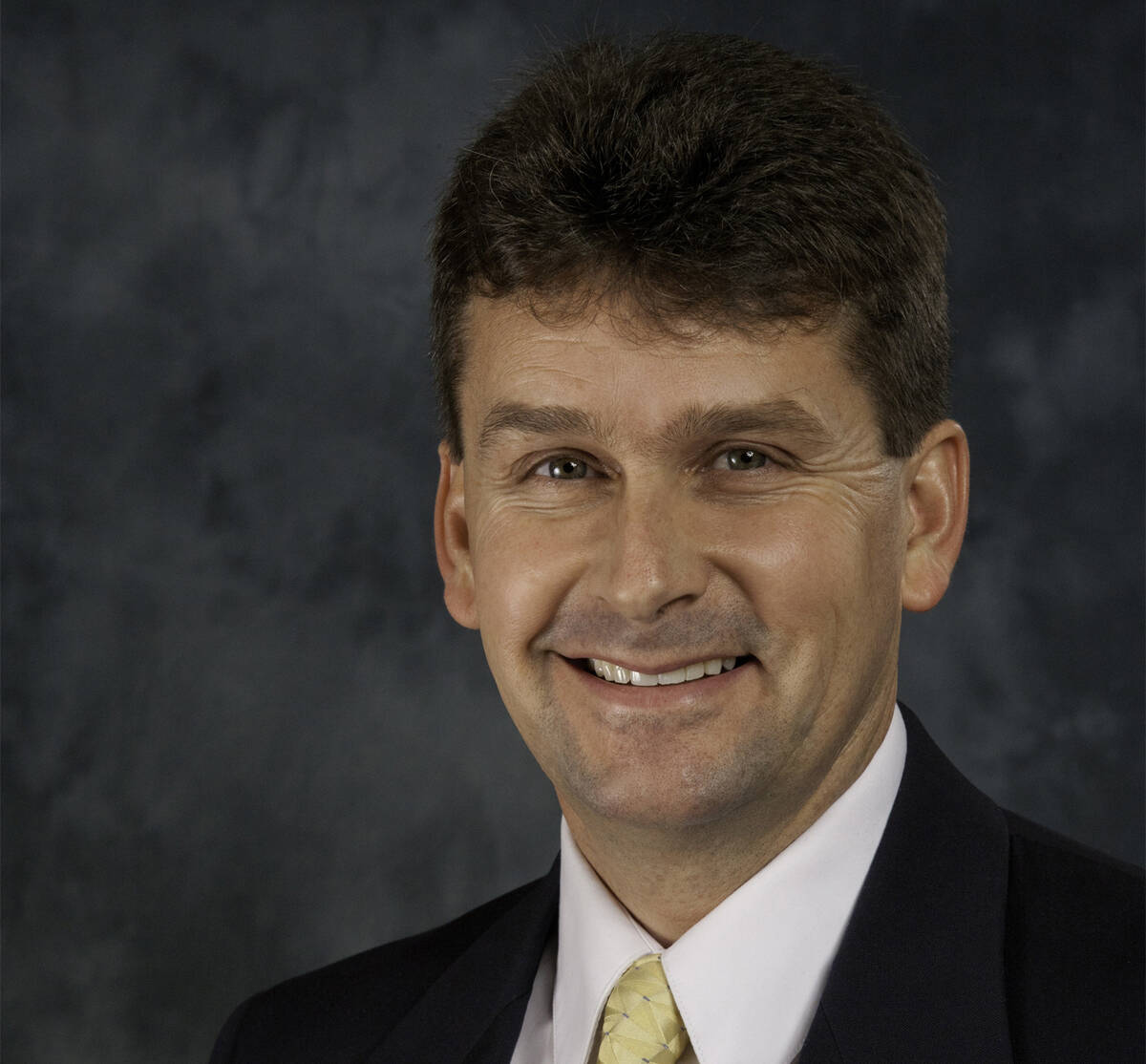Waste not, want not
In July 2017, Boulder City received some really great news that I wanted to share. The Southern Nevada Health District had just approved our latest landfill expansion, the second one that I helped to obtain while serving on SNHD’s board.
In 2011, we persuaded SNHD to approve the first one, a lateral expansion that increased our landfill’s size from 10 to 60 acres. That extended the landfill’s estimated remaining life by over 25 years to roughly 2050. Just think, if we hadn’t gotten that first expansion, our landfill might be closing three years from now in 2025.
The second expansion in 2017 included both a 100-acre lateral increase and a 44-foot vertical increase, bringing the total footprint to its current 160-acre size and expanding the landfill’s capacity by almost 9.5 million cubic yards to just shy of 11.5 million. This second expansion added somewhere between 85 and 130 additional years to our landfill’s life, meaning that it could feasibly still be operating in the year 2175, over 150 years into the future. In other words, long after our children, and our children’s children, and many more generations have come and gone.
Not having to ship our waste to Apex on the other side of North Las Vegas saves us hundreds of thousands, if not millions, of dollars each year. And avoiding liner requirements and Subtitle D monitoring requirements saves the city millions more.
Now, five years later, I want to call your attention to another important issue that involves landfill closure fees.
Chapter 444 of the Nevada Administrative Code requires each landfill owner to continually update the estimated cost to close its landfill in the event that need ever arises (for example, once the permitted landfill space is filled to capacity). And to provide financial assurances that sufficient funds will be available to cover those closure costs, as well as postclosure and corrective action costs.
Closure costs include engineering expenses, such as design work, surveys, closure plans, testing and evaluation reports. And they also include construction costs like erosion control, clay capping, revegetation, site grading, drainage and storm water controls. Postclosure costs include periodic inspections, maintenance and reporting. And corrective action costs include expenses to remediate the negative impacts of reasonably foreseeable events like storms and natural disasters.
Collectively, those costs can be extremely expensive. For instance, when I began my tenure on City Council in 2011 before the two expansions were approved, the estimate for our landfill’s closure, postclosure and corrective action cost was almost $5.5 million. And at that preexpansion date when our landfill only had about a dozen years of estimated life remaining, we had an alarming $3.7 million shortfall staring us in the face.
Now, over a decade later, we don’t have to worry so much. That’s in part because our expansions bought us another 150 years or so to make up the shortfall. And also because we’re now constructing the landfill to take care of some of the closure requirements as we go.
So, why should you and I care? Well, the main reason is that we already have over $1.5 million in our utility fund that’s been earmarked for landfill closure and postclosure costs. That’s $300,000 more than the estimated amount needed to close the small fraction of the landfill that we’re currently using.
But even if closure costs continue to rise as we use more and more of our landfill, there’s a strong argument that the city doesn’t need to collect any more closure fees from utility customers like you and me. Even if the current $1.5 million balance only earned 1 percent interest compounded annually, the closure fund would be over $6.5 million 150 years from now.
Earning 2 percent instead would yield over $30 million during that same period. And 3 percent would net the city over $134 million by the end of those same 150 years.
Of course, we need to make sure that all of this interest is clearly set aside for closure purposes rather than commingled with the rest of our utility fund. Otherwise, it will just get spent on other projects.
I’m not a math whiz, but my first-grade granddaughter could probably tell you that the city will almost certainly have a huge surplus of closure funds under any of those scenarios by the time our landfill space finally runs out. And that’s true even if we never collect another dime in closure fees.
Every month on our utility bills, you and I each pay 50 cents in closure fees. I know that doesn’t seem like much. But as you can see, those funds and the interest they earn add up quickly over the years when collected from several thousand households. So maybe it’s time for the mayor and City Council to look at discontinuing landfill closure fees altogether. Or at least reallocating them to another more pressing project where these fees can be put to better use.
Excuse the pathetic pun, but to keep collecting unnecessary closure fees seems like a big waste.
The opinions expressed above belong solely to the author and do not represent the views of the Boulder City Review. They have been edited solely for grammar, spelling and style, and have not been checked for accuracy of the viewpoints.
Rod Woodbury has resided in Boulder City for more than 40 years and is the president and managing shareholder of his law firm, Woodbury Law. He served on the City Council from 2011- 2019, including four years as mayor.





